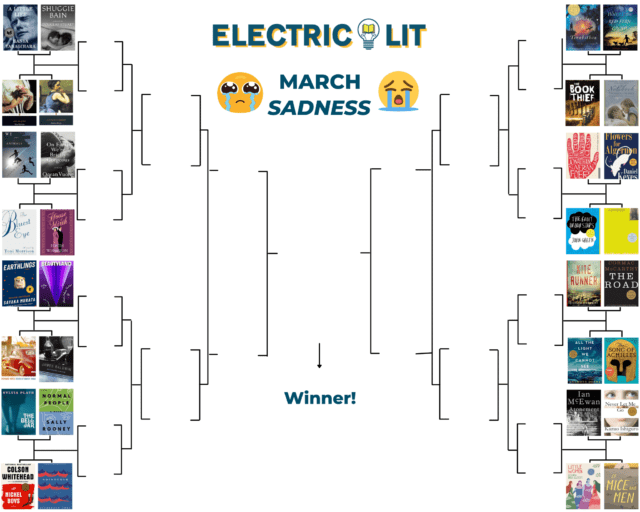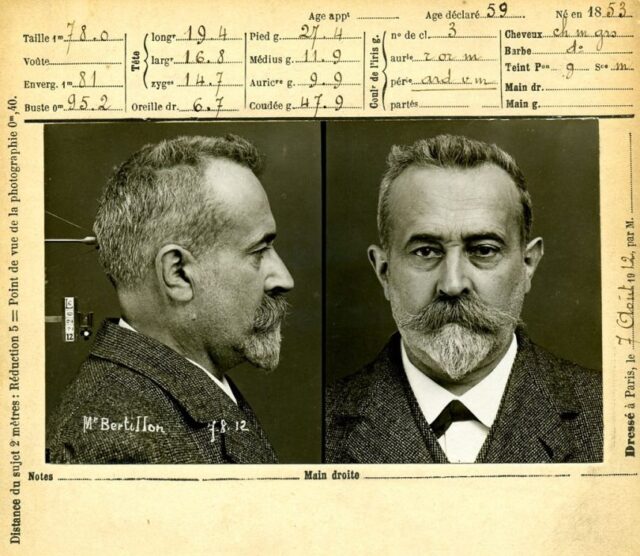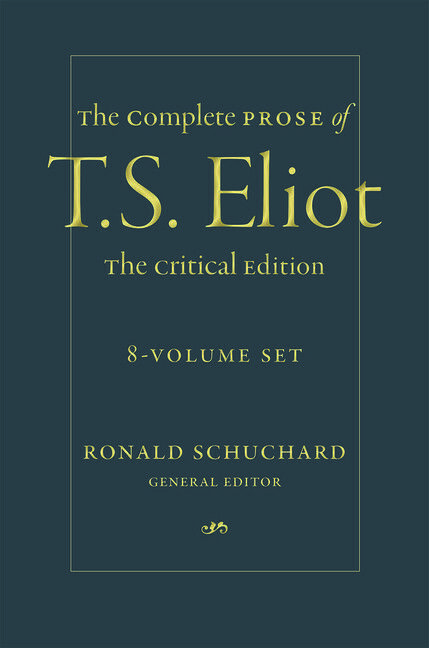From The Guardian:
Scholars often say that no one doubted Shakespeare’s authorship until the 19th century. The response is a rote way of brushing off persistent questions about the attribution of the world’s most famous plays and poems – but it may not be true.
New scholarship suggests that doubts about Shakespeare’s authorship first arose during his lifetime – in a book called Palladis Tamia, Wits Treasury, published in 1598 by the theologian Francis Meres.
Roger Stritmatter, a professor at Coppin State University who has spent years studying Meres’ book, argues that Meres asserted “Shakespeare” as the pseudonym of Edward de Vere, 17th Earl of Oxford. Stritmatter’s research has been published in the academic journal Critical Survey. Shakespeare scholar Graham Holderness, who edited the journal, worries that shutting down debate about the authorship endangers academic freedom. “When you come across traditional Shakespeareans comparing Shakespeare authorship doubt to conspiracy theories – anti-vaxxers or climate change deniers – I mean, I think that’s wrong … for all sorts of reasons”, he said.
Palladis Tamia is a “commonplace book” of sayings and comparisons. It has long been known to scholars as an essential text in Shakespeare studies. In a chapter titled, A Comparative Discourse of Our English Poets, with the Greeke, Latine, and Italian Poets, Meres compares English writers with classical writers using an as-so equation. For example: “As the soul of Euphorbus was thought to live in Pythagorus, so the sweet, witty soul of Ovid lives in mellifluous and honey-tongued Shakespeare.” Meres mentions Shakespeare nine times, praising him as a poet and playwright and listing 12 of his plays.
While some scholars have dismissed Meres as a “mere copyist” who compiled lists, others have suspected that his work was more important. Meres may be following some kind of “critical formula” or even expressing “a hidden critical judgment on Shakespeare,” wrote the scholar Don Cameron Allen in 1933. Until recently, that judgment has remained obscure.
Stritmatter’s article, Francis Meres Revisited: Wit, Design and Authorship in Palladis Tamia, observes that Meres, who had published a mathematical treatise called God’s Arithmeticke in 1597, is committed to symmetry in his comparisons – for example, setting eight Greek writers against eight Latin writers and eight English writers. Among the 59 lists, a handful appear asymmetric but conceal a hidden symmetry. Six ancient epigrammatists are compared to five modern ones – “Heywood, Drant, Kendal, Bastard, Davies” – which seems like a discrepancy until one realises that “Davies” can stand for two persons: John Davies of Hereford and Sir John Davies, both well-known writers of epigrams.
“Essentially it’s a book of logic puzzles,” said Stritmatter. “When the lists aren’t symmetrical, there’s a reason for it.” Another imbalance appears in a list of comedic dramatists, in which 16 ancient writers are set against 17 English writers, including the Earl of Oxford and Shakespeare. The question arises: “If one name [Davies] can stand for two persons, can two names refer to the same person?”
Drawing on the history of commonplace book arrangement, Stritmatter notes that the order of names in Meres’ list aligns each classical writer with his English counterpart: Plautus and Anthony Munday wrote comedies about braggart soldiers; Archippus Atheniensis and Thomas Nashe wrote satires involving fish. Why is Aristonymus aligned with Shakespeare? Nothing is known of Aristonymus, except that his name means, “the aristocratic name”. The Earl of Oxford, who aligns with no one, is the only aristocratic name on the list. Stritmatter argues that the alignment of “Shakespeare” with “the aristocratic name” points to Oxford. “It may be concluded that Francis Meres, using ‘Aristonymus’ as the mediating signifier, said that ‘Shakespeare = Oxford.’”
“I was sceptical, but Stritmatter’s scholarship on this matter is sound,” said the scholar Ros Barber, who teaches Introduction to Who Wrote Shakespeare at the University of London. “Stritmatter’s article doesn’t prove that the Earl of Oxford wrote the plays, but it does argue quite strongly that Meres believed he did. Given the ubiquity of anonymous and pseudonymous publication in the 1590s and the dangers of publishing things that upset the authorities, it’s neither surprising that he might believe this nor that he chose to express it so covertly.”
Link to the rest at The Guardian
PG hasn’t read Professor Stritmatter’s work, but he’s skeptical.
One major point for Shakespeare’s reality is that Queen Elizabeth was Shakespeare’s patron for many years. As state papers attest, she liked his plays and watched a number of them. It was at her request that he wrote The Merry Wives of Windsor. It is known that he was personally present in 1594.
Given all the gossips in the Elizabethan Court, it stretches credibility that everyone kept his true identity secret. Some people put forth Christopher Marlowe as the actual Shakespeare. However, Marlowe died in 1593, before Shakespeare’s greatest plays were performed – Hamlet, King Lear and Macbeth.
Shakespeare was also an actor, a playwright, and a shareholder in an acting company known as the Lord Chamberlain’s Men, which became the King’s Men when James I became king in 1603. There are also many references to Shakespeare’s work by contemporary authors – see Shakespeare Documented for many of such references.
Shakespeare’s burial is recorded in Stratford’s parish register on 25 April 1616. He made a will on 25 March, almost a month before he died. It would have taken a lot of effort by someone in Shakespeare’s time to have convinced the keeper of the parish register to make a burial record for someone who did not exist.








